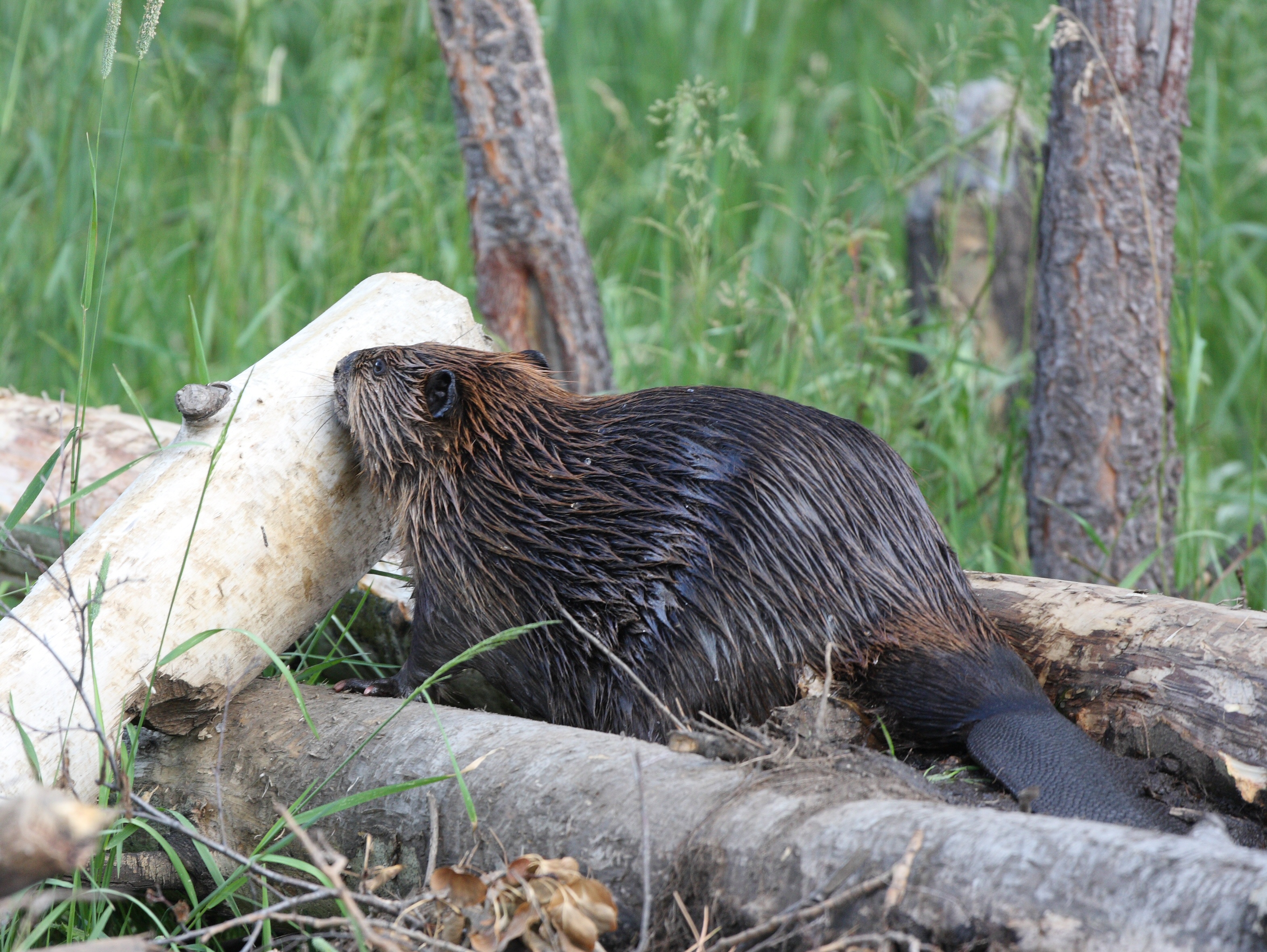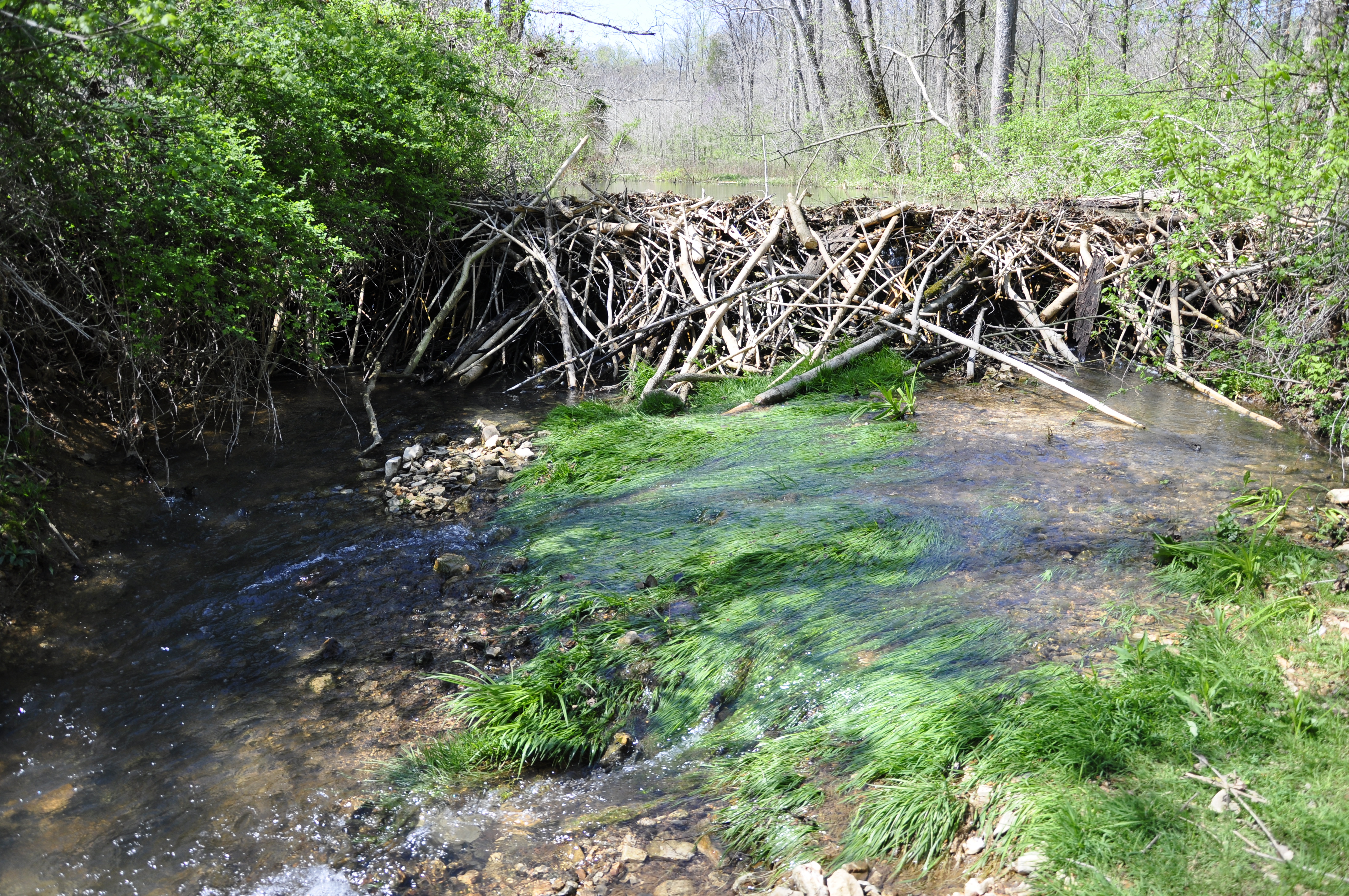Beaver
Beaver are common and abundant throughout the entire Northeast. They are an important keystone species in that their dam building activities create habitat for many fish, wildlife, and plant species. The beaver is the largest native rodent in North America with adults weighing 40 to 50 pounds or more. The most distinguishing feature is its large, flat black tail. It is primarily aquatic and can be found wherever water and trees are available. Beavers cut (chew) down a wide variety of trees, and especially prefer poplars, aspens and willows. They also girdle trees (chewing off the bark in a ring around the entire tree near the base), which almost always results in the death of the trees.
Beavers are the engineers of the animal world, building dams and lodges in streams and ponds using nearby trees. These dams create valuable wetland habitats but may also flood roads, destroy crops, damage septic systems, and kill trees in low-lying areas. In rare instances, beavers can contract rabies and may even attack people after being infected by the disease.
State specific info - Vermont - Beaver
Because beaver create such valuable wildlife habitat, the Vermont Department of Fish and Wildlife has a long-standing program to provide technical assistance to landowners and municipalities to help resolve beaver/human conflicts. This assistance might include the installation of water control structures, protective fences, and advice on beaver population control if necessary. Other organizations and individuals may offer the same types of assistance. For more information see the VFWD publication "Best Management Practices for Resolving Human/Beaver Conflicts".
State specific solution - Vermont - How to trap and relocate problem beavers
In Vermont, translocation of beaver is generally discouraged. Translocation is defined as moving a live animal from one parcel to another outside of its home range.
State specific solution - Vermont - What to do with an animal that is behaving strangely or aggressively
In Vermont, if you or your pet has been in contact with a suspected rabid animal, you can contact the Rabies Hotline at: 1-800-4-RABIES or visit https://www.healthvermont.gov/disease-control/zoonotic-diseases/rabies
Solutions for beaver problems
Laws and regulations to be aware of
Regulations for Vermont
|
|||
While we attempt to provide guidance about state and federal regulations pertaining to specific species and control techniques, we do not provide information about local jurisdictions (city, town, county, etc.) where regulations may be more restrictive, especially as it applies to discharge of firearms, transport of animals or use of trapping equipment. Contact your local city or county government to inquire further. No guarantee is made that information (or lack of information) associated with a species or control technique is completely accurate or current. You should become familiar with federal, state and local laws before beginning any wildlife control activities. |





